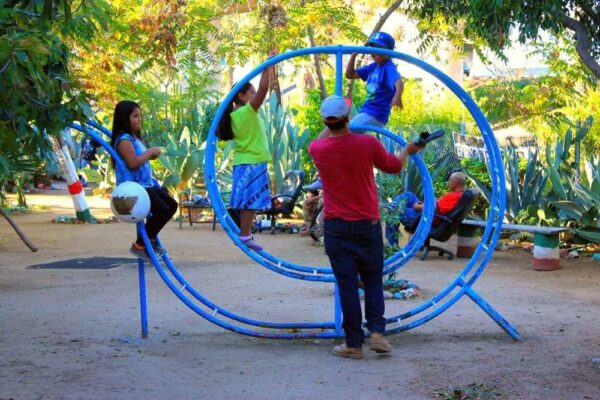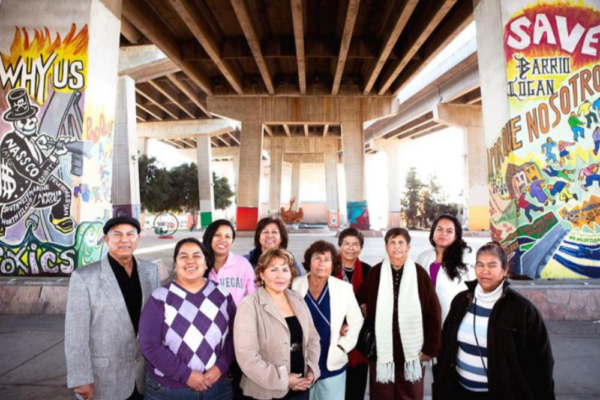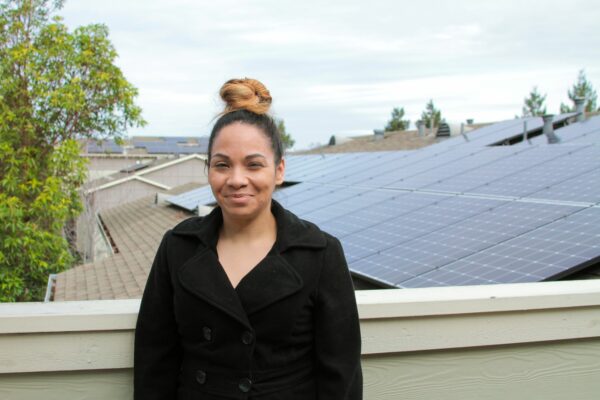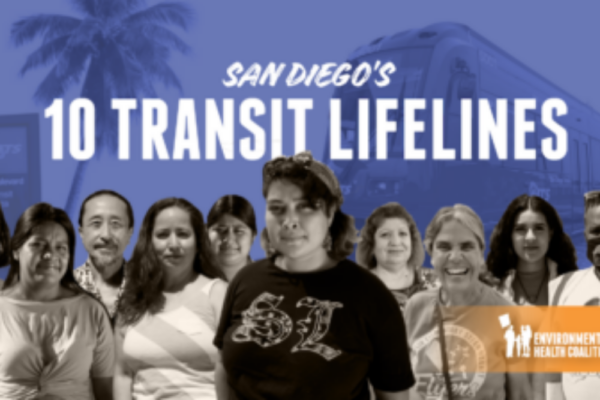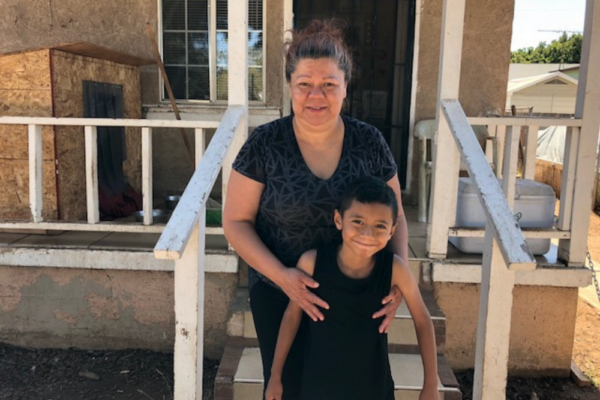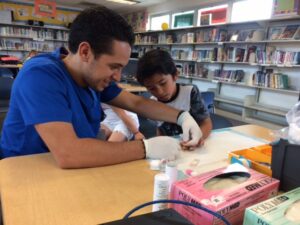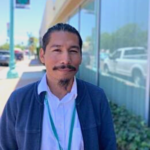More than 30 languages and 80 dialects are spoken in City Heights. Following the end of the Vietnam War in 1974 City Heights became home to many Southeast Asian refugees.
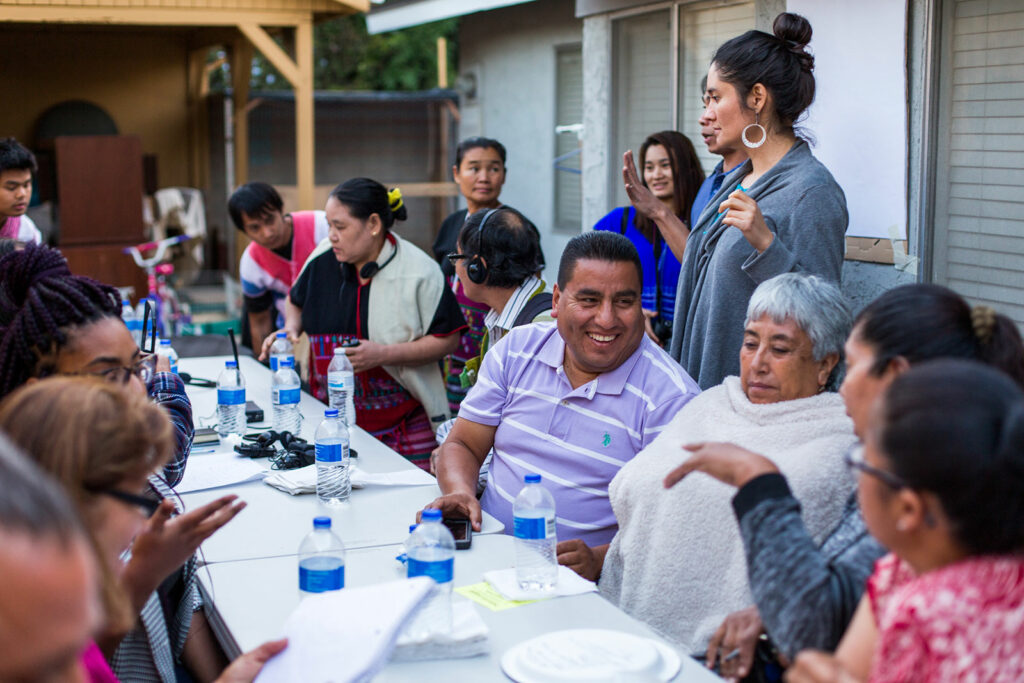
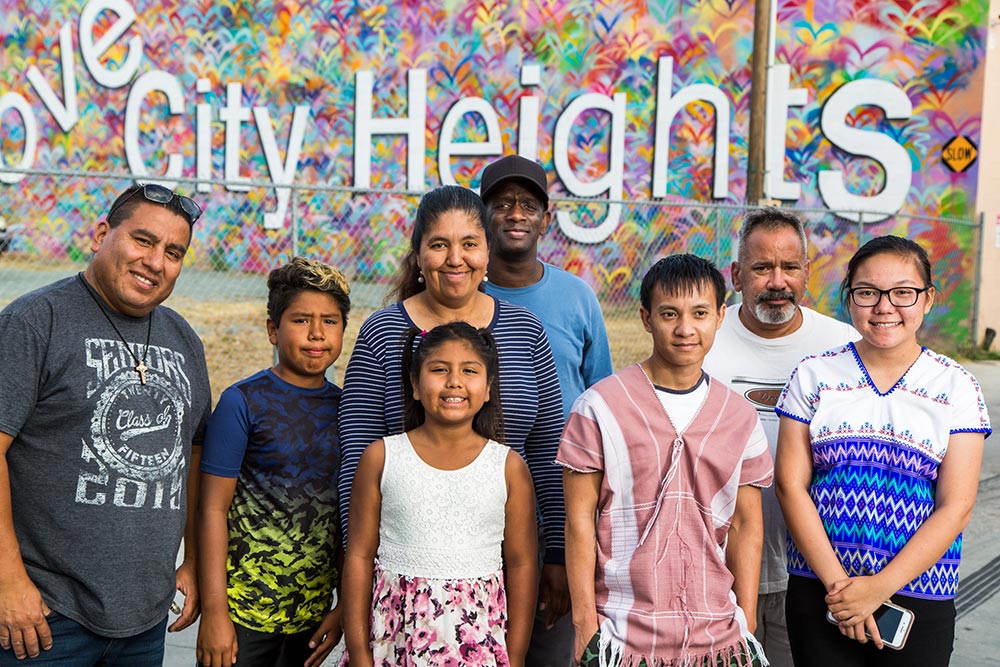
This was followed by waves of other refugees fleeing violence in their homelands: Ethnic Albanians from Kosovo, Central Americans, East Africans, and Kurds. African-Americans and Latinos also moved to City Heights as rents in other parts of the City escalated, often due to gentrification.
Read More
City Heights was a thriving middle-class neighborhood until the 1950s and 1960s when the development of new strip malls began an economic downturn. In hopes of revitalizing its economy, the area was rezoned for multi-family dwelling units. Single-family houses were torn down and cheaply constructed apartments were erected. Due to the age and poor condition of its housing and a large number of children under the age of six, City Heights is a “hot spot” for childhood lead poisoning.
With interstate 15 running through it, parts of City Heights experience more traffic than 100% of the rest of California, according to CalEnvrioScreen 4.0. Children who live near busy roads have been found to have higher rates of asthma than those who don’t. Parts of City Heights have a higher asthma rate than is 80% higher than the rest of the state.

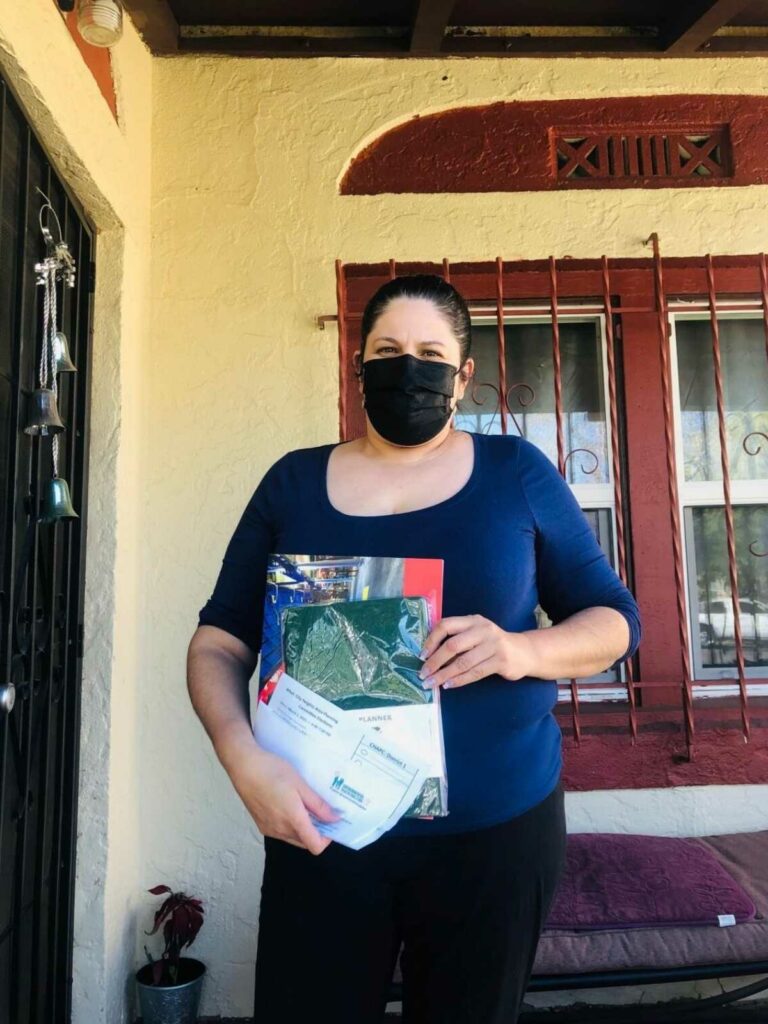
Community Leader Fighting Back
Iris Contreras has lived in City Heights for over 20 years with her family. It is where she watched her children grow up. Iris has volunteered in the community for over 18 years. She joined the City Heights Community Action Team at the beginning of 2021, during our City Heights-focused SALTA on transportation justice.
Read More
Iris joined the group because she likes to learn and be a resource to others in her community. Iris gave her first public testimony at a SANDAG Board meeting in October of 2021. She spoke about the need for increased frequency and extended bus hours in her community. She wants to continue learning and helping her community.
Take Action



